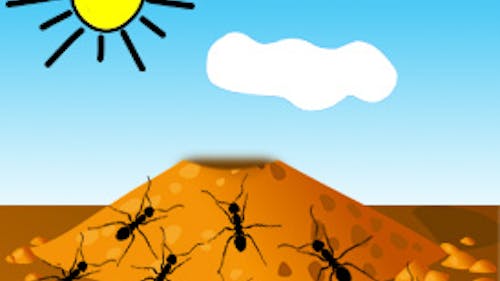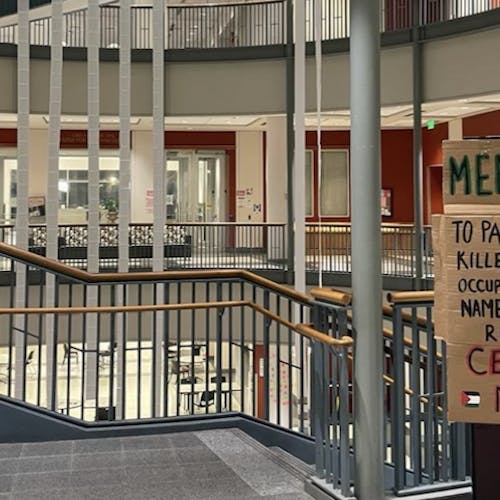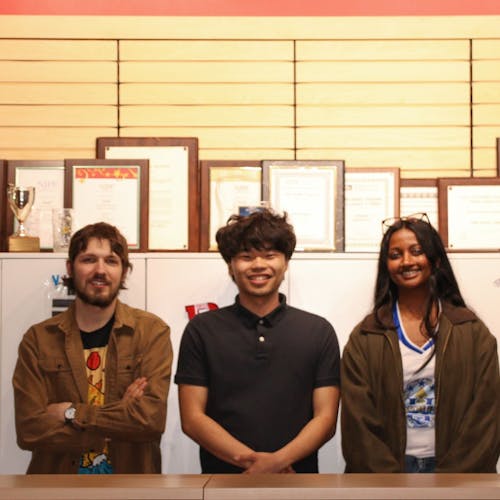Rutgers scientists find evidence of social behavior in ants from 100 million years ago

While they may be small in size, ants have shown a high level of social behavior, even from millions of years ago.
Phillip Barden, an assistant professor in the Department of Biological Sciences at Rutgers—Newark and an insect fossil expert, found evidence of ant behavior from roughly 100 million years ago.
Barden was able to observe the behavior of these ancient ants from special fossils encased in amber. Amber fossils preserve both the internal and external features of the ants in three-dimensions, he said.
Finding workers of the same species in the same amber piece is highly suggestive of social behavior, as ants that were not socializing would not be found in the same area, he said.
“Ants make up less than 0.1 percent of all insects in that amber and ... in the biggest case, 11 workers of the same species (are) trapped in one piece of amber. For that to happen entirely by chance is very unlikely. So this gives a lot of evidence (of) social behavior,” he said.
One specific form of evidence found is the aggressive social behavior between ants of different species and between ants from different colonies, he said.
“We have one piece of amber where there are two workers of two different species that are actually fighting,” he said.
Similar to humans, ants will fight with each other to protect what is theirs. At the same time, the social structure for ants is very similar to that of humans, Barden said.
The structure of a colony of ants and the structure of a human body are comparable social systems, he said.
Humans have specialized skins for different tissues and organs. Similarly, he said ants in a colony specialize for different types of work to make the whole colony function as one unit.
Despite the obvious structural differences, he said similarities between ants and humans show scientists how groups behave in general, and how altruism might evolve in non-human groups.
But one notion that has not changed over the past 100 million years is that workers of different species or workers from different colonies will fight with each other to protect their nest, food sources and even territory, he said.
“Ants can essentially smell whether or not individuals are from the same colony. So if they’re from a different colony, they have a different kind of profile, they smell a little bit different. So the ants will actually aggress towards ants from different communities,” he said.
____
Madhuri Bhupathiraju is a School of Arts and Sciences first-year majoring in cell biology and neuroscience. She is a correspondent for The Daily Targum. Follow her onTwitter @madhuri448 for more.



